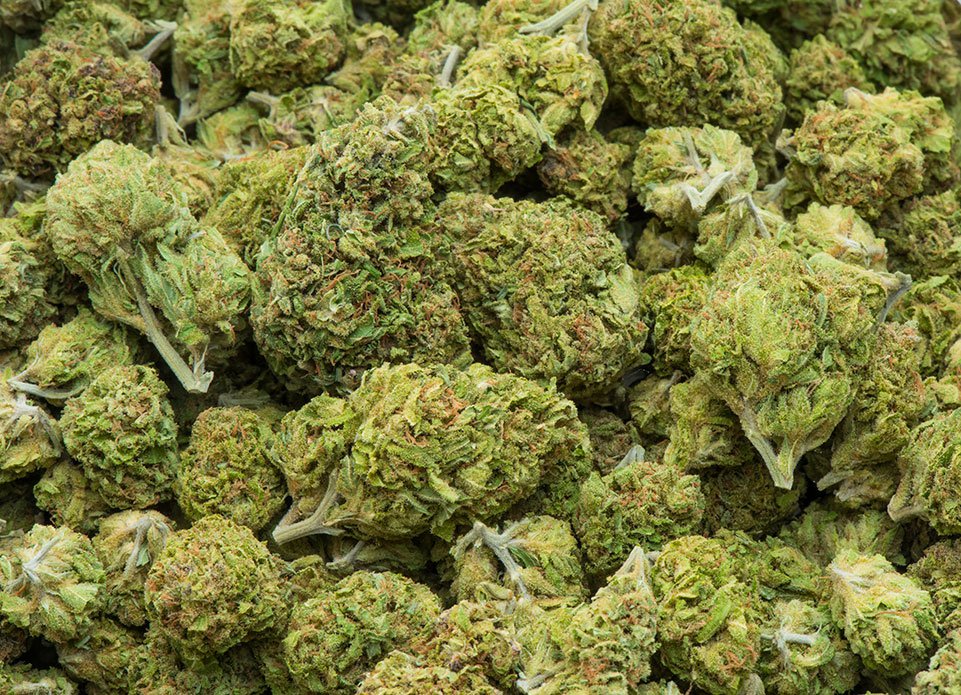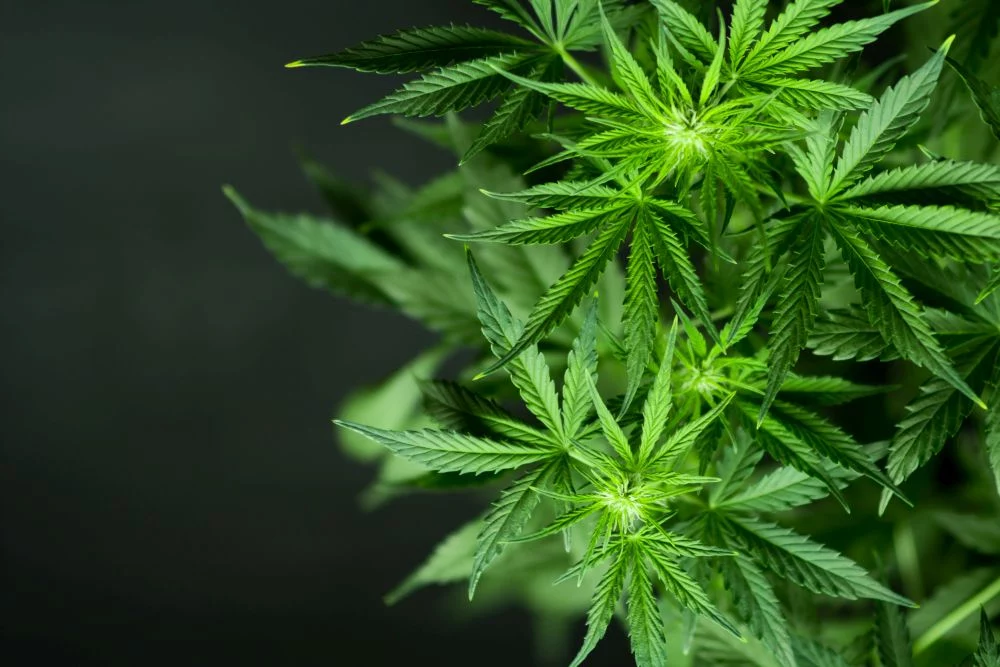Medical marijuana, also known as medical cannabis, is a plant-based medicine that has been used for thousands of years to treat various medical conditions. However, it is only recently that it has become widely accepted as a legitimate form of treatment in many countries.
The first step in producing medical THC products is to grow the cannabis plant. Medical cannabis producers typically grow their plants indoors, under carefully controlled conditions. This ensures that the plants receive the right amount of light, water, and nutrients and are protected from pests and diseases.
Once the plants have matured, they are harvested and processed to extract the THC, or tetrahydrocannabinol, which is the active ingredient in medical cannabis that produces the desired therapeutic effects. There are several methods that can be used to extract THC, including CO2 extraction, ethanol extraction, and hydrocarbon extraction.

– CO2 extraction is the most common method used by a medical THC producer.
This method involves using pressurized carbon dioxide to extract the THC from the plant material. The resulting extract is then purified to remove any impurities, and the THC is isolated in a highly concentrated form.
– Ethanol extraction involves using high-grade ethanol to extract the THC from the plant material. This method is less expensive than CO2 extraction, but it can be less efficient and may result in a lower-quality extract.
– Hydrocarbon extraction involves using solvents such as butane or propane to extract the THC from the plant material. This method is highly efficient but also highly dangerous, as these solvents are highly flammable.
Once the THC has been extracted, it is typically processed further to create a variety of medical THC products, including oils, tinctures, capsules, and edibles. Producers must ensure that their products are accurately dosed and labeled and that they meet strict quality and safety standards.
These products can be prescribed by a healthcare professional for a variety of medical conditions, including chronic pain, nausea and vomiting, muscle spasms, and anxiety. However, patients should always consult with their healthcare provider before starting any new treatment.
In addition to producing medical THC products, cannabis producers are also responsible for ensuring that their products are produced in a sustainable and socially responsible manner. This includes using environmentally friendly cultivation methods, supporting local communities, and promoting the responsible use of their products.

In conclusion, medical THC products are produced through a careful process that involves growing and harvesting the cannabis plant, extracting the THC, and processing it into a variety of medical products.
Cannabis producers are responsible for ensuring that their products are accurately dosed, labeled, and meet strict quality and safety standards. They also play an important role in promoting the responsible use of their products and supporting sustainable and socially responsible practices.
As medical cannabis continues to gain acceptance as a legitimate form of treatment, it is important that medical cannabis producers continue to prioritize the health and well-being of their patients and the environment and work collaboratively with healthcare professionals to provide safe and effective treatment options for those who need it. By doing so, they can help to ensure that medical cannabis continues to be a viable and beneficial form of medicine for years to come.

